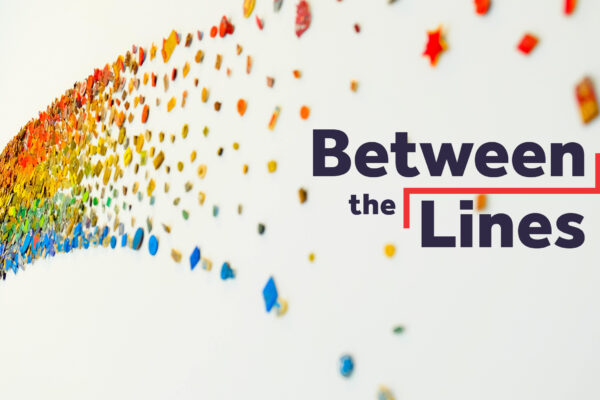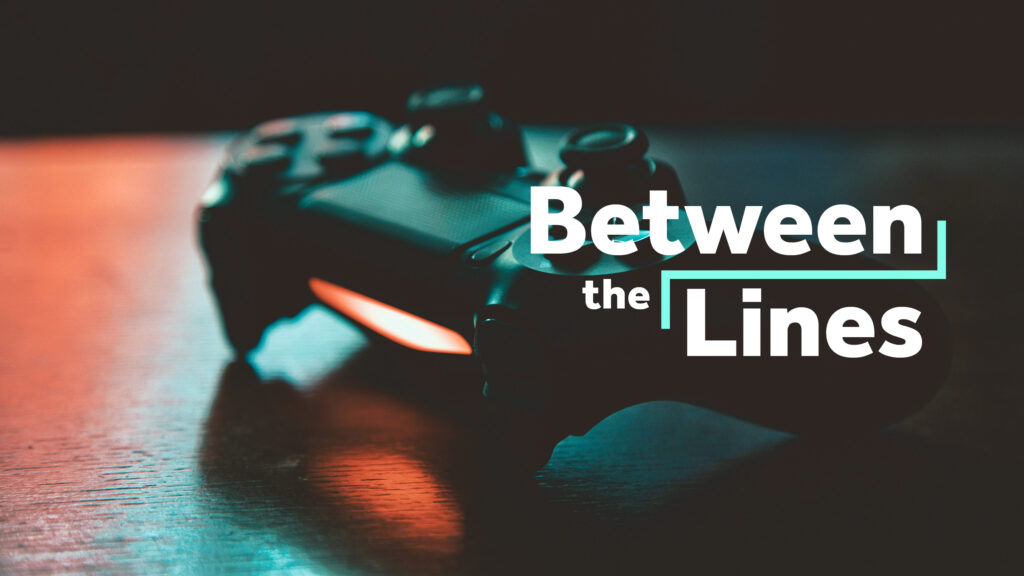Activision-Blizzard has a snowball’s chance in hell of recovering from a reputational disaster of its own making
There are PR hiccups. There are PR nightmares. And then there are PR blizzards—the kind that make us wonder why people are wandering around aimlessly in the middle of a snowstorm. Even Dennis Quaid knew where he was going in “The Day After Tomorrow.”
Such is the case with Activision-Blizzard, one of the most prominent video game publishers in the world. The company is currently facing the fallout from an all-consuming reputational crisis that’s raising critical questions about the nature and future of the $65 billion video game industry.
Activision-Blizzard—which has a market cap of nearly $64 billion and is responsible for wildly popular video games like “World of Warcraft,” “Overwatch,” “Diablo” and the annualized “Call of Duty” franchise—is embroiled in one of the largest corporate scandals in recent history. In July, the California Department of Fair Employment and Housing filed a lawsuit against Activision-Blizzard stemming from a two-year investigation that concluded the publishing giant had perpetuated a “frat boy culture” of serial and pervasive sexual harassment.
The fallout has been extensive, even in an industry notorious for its lack of equality and transparency. Walkouts and protests were staged, petitions were signed. Twitch streamers whose entire revenues come from Activision-Blizzard games vowed not to play until changes were made and employee demands were met. Entire media outlets are refusing to cover the publisher’s games.
The details that have been made public over the last several weeks make the lawsuit’s summary pale in comparison to the reality on the ground for many employees, most of them women. We won’t provide all of those details here, but the full timeline and story can be found via Kotaku’s excellent reporting.
This is not the first time we’ve covered and written about a brand in the middle of a reputational crisis. The takeaways we’ve discussed in previous editions about context, accountability, transparency, communication channels and other lessons absolutely still apply. But in the interest of approaching this ongoing story from a different angle, we’ll analyze it instead by two of the key stakeholders involved.
Let’s begin.
Obliviousness is never an excuse when it’s your job to be a steward of your brand.
EXECUTIVES
As the investigation, lawsuit and subsequent reporting gained traction in recent weeks, the reaction of the brand’s executives has become a case study in what not to do. First came the response to the lawsuit, in which Activision-Blizzard filed a complaint stating the investigation was conducted “in bad faith” by “unaccountable state bureaucrats.”
So, in lieu of the state providing some level of accountability—which is, broadly speaking, a hallmark of great leadership—Activision-Blizzard’s executives will do it instead, right?
Right?
Hardly.
Blizzard Entertainment (a division of Activision-Blizzard) president J. Allen Brack and his crack team of legal and communications experts for weeks downplayed the severity of the lawsuit and the specific allegations it contained, including that an employee committed suicide as a result of sexual harassment and that a senior developer’s hotel room during conferences was known throughout the organization as “the Cosby suite.”
These are devastating, infuriating and extreme examples of what can happen to any brand that passively or actively fails to address serious issues like harassment, discrimination and workplace or psychological safety. Worse yet, brands and executives are often the ones who pay a far lesser price than those whom such issues affect directly.
Yet it was only after Activision-Blizzard’s stock price fell that Brack finally addressed the allegations with the degree of seriousness they deserve. Worse yet, he published his note to staff on the company website’s investor page.
Brilliant.
In that note, he wrote about the “troubling” accusations levied against Activision-Blizzard, senior leadership and him directly. Unfortunately, he couldn’t be troubled to actually do anything about it in the years he led the Blizzard Entertainment division, nor could he be troubled to commit to or communicate any meaningful step toward correcting the culture of abuse and harassment over which he presided.
Internal communications from other executives that were obtained by the media are hardly any better. Chief compliance officer Fran Townsend, who was the chief sponsor of the company’s Women’s Network, called the lawsuit meritless in a memo to staff and said she’s “proud to be a part of a company that takes a hard-line approach to inappropriate or hostile work environments and sexual harassment issues.” Her note, which also expressed zero tolerance for retaliation against employee complaints and a commitment to a culture of respect, became one of the chief reasons thousands of employees staged a walk-out at the end of July. The negative reaction was so universal she resorted to blocking employees, journalists and others on Twitter.
So much for that zero-tolerance policy.
Other former Blizzard executives, meanwhile, claimed ignorance in the midst of their apologies and promises to do better now that they no longer work there, which leaves us with a final lesson before we move on: Obliviousness is never an excuse when it’s your job to be a steward of your brand. It’s not quite as bad as knowing about an issue and choosing not to address it, but it’s damn close.
INVESTORS
As a public company with more than $8 billion in revenue, investor perception and sentiment have impacted both how this evolving story has been covered and how Activision-Blizzard has responded through its communications. Rather than address the allegations and respond with appropriate corrective measures (and, just maybe…an apology), Activision-Blizzard actively downplayed them. Now, as the lawsuit expands in scope, the state of California is accusing the company of shredding documents related to sexual harassment complaints and investigations.
As is the case almost every time a brand’s communications strategy begins and ends with pretending an issue doesn’t exist (or in this case, with covering it up), that issue snowballs from a bad problem to a worse one. Here, it took the form of a second lawsuit, this time filed on behalf of Activision-Blizzard investors seeking damages for the company’s failure to disclose the seriousness of the allegations it faces.
There are a couple of critical points to make here. Activision-Blizzard’s latest dumb decision in a long line of profoundly dumb decisions proves the point we emphasize time and time again—it’s important to be transparent with your stakeholders. Secondly, it highlights just how much of a brand’s reputation involves getting that first decision right, and how getting it wrong can mean devastating, cascading consequences, not just on a reputation, but on profitability and the bottom line.
Consider how events could’ve unfolded differently had the company admitted to, addressed and reformed its culture:
– First, and most importantly, lives could’ve literally been saved.
– The initial lawsuit might never have been filed.
– Any resulting story about it wouldn’t have exploded into a corporate communications crisis.
– Executives wouldn’t have felt compelled to withhold information from investors for fear of stock dips or missed earnings.
– Investors in turn wouldn’t have felt compelled to sue the company for damages.
– New management could’ve been appointed with executives who embrace a culture of transparency, respect and inclusion. Instead, Brack and others were exited after the fact as a form of hopeless damage control. In his place steps Bobby Kotick, a long-time Activision executive who was sued in 2007 for allegedly firing a female flight attendant at his private jet company after she reported being sexually harassed.
– Fans wouldn’t be considering boycotting existing games and future releases, putting profitability at severe risk.
– The reputational impact would’ve been comparatively trivial, instead of exponential.
– Employees would feel confident their complaints were being addressed, helping them maintain or even boost productivity and creating a culture attractive to new talent (in the video game industry, as with so many other tech verticals right now, qualified people are in even higher demand than usual). Instead, employees are staging walkouts, leaving in droves and sharing the stories of pain and abuse they suffered at work, practically guaranteeing Activision-Blizzard is last on any person’s list of places to work, if it even makes the cut at all.
Sadly (and infuriatingly), Activision-Blizzard isn’t the first video game publisher to face a reckoning over its workplace conditions and corporate culture. Ubisoft, another giant global video game brand, has faced similar accusations for years. And as video games become ever more popular—recent statistics indicate there are more than 3 billion gamers worldwide—the level of scrutiny applied to these companies will only become more pronounced.
So, the lesson here: Some executives think they can protect themselves and their brands from reputational harm by burying secrets. In reality, they’re just digging their own graves. For all the innovation and joy video games bring to billions of people around the world, the industry’s dark underbelly just continues to get uglier. As is the case in other industries and markets, the reason can be directly attributed to a lack of diversity, especially at the board and executive levels, where accountability and change aren’t lessons to be learned after the fact, they’re fundamental to how we can all move forward together.
Finally, that initial decision you make on a critical issue needs to be the right one. Thinking through that type of reputational problem before it actually becomes a problem is, after all, what your PR team is for.






